In busy times it helps to write down all the things, ideas and tasks that fill your head. A brain wants to be cleared, because you can only focus effectively on just one thing.
A mind map of your to do’s will bring you clarity and a good overview over all the things to do. All the different tasks are organized and ready to be checked off.
How to start?
There are many ways to make a mind map for a to do list. A way to make a mind map for all your to do’s is explained in the next following 7 steps.
Step 1. Write a to do list
First step is to write a “to do” list. Write down in keywords or short sentences everything that comes up in your head. Keep writing till nothing pops up any more…
Things to do
email planning 2017 for work
repair front door
buy jacket for winter
new football shoes
go to post office for box
plan dinner football friends
dog food
wine
bring books to library
pay tax bill 2017
plan holiday 2017
call Daisy
email work results project X
shop for baby toy
buy perfume for mum
call parents for dinner
plan dinner with family
pay health insurance
& house insurance
bring cheque to post office
buy birthday cards
Fig.1 Example list of “things to do”
Step 2. Central theme
The second step is writing the central theme in the centre of a blank page.
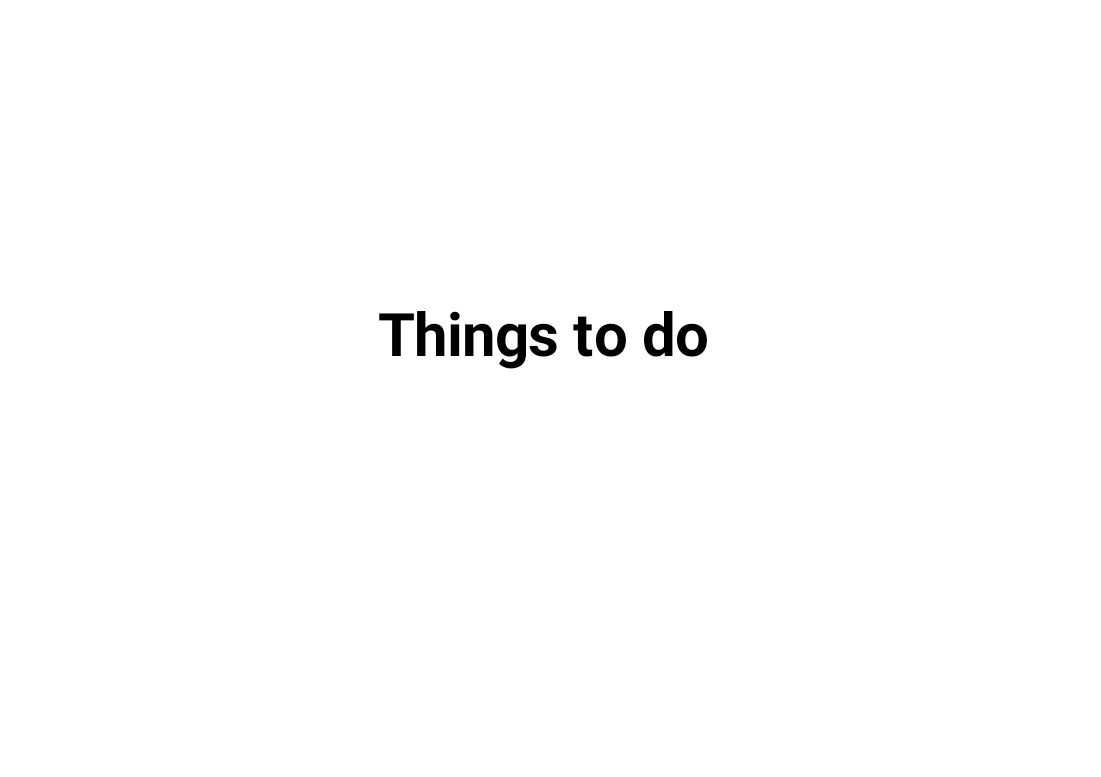
Fig.2 Central theme “Things to do”
Step 3. General associations
Next step is to take a look at the list “Things to do”. Some associations are very specific, like “wine” or “box”. They belong to the outside circle of the mind map. For the circle around the central theme general associations have to be found.
A way to find these associations is to look at the list. General associations can be found when we look for “actions”. What are the most general things that need to be done?
Things to do
email planning 2017 for work
repair front door
buy jacket for winter
new football shoes
go to post office for box
plan dinner football friends
dog food
wine
bring books to library
pay tax bill 2017
plan holiday 2017
call Daisy
email work results project X
shop for baby toy
buy perfume for mum
call parents for dinner
plan dinner with family
pay health insurance
& house insurance
bring cheque to post office
buy birthday card
Fig.3 General associations are highlighted
Step 4. W-questions
The general associations can be used to make a connection with the central theme. Answering w-questions with general associations helps to form groups of associations.
W-questions:
What to buy? birthday cards, perfume for mum, toy for baby, dog food, wine, jacket for winter and new football shoes
Who to call? parents about dinner & Daisy
What to do for work? email results project x & planning 2017
Which events to plan? holiday 2017, dinner with friends & family
Where to go to? library for books, post office for box & cheque
What to pay? tax 2016, health insurance &house insurance
Which other things? repair front door
These general associations can now be used to make a connection with the central theme.
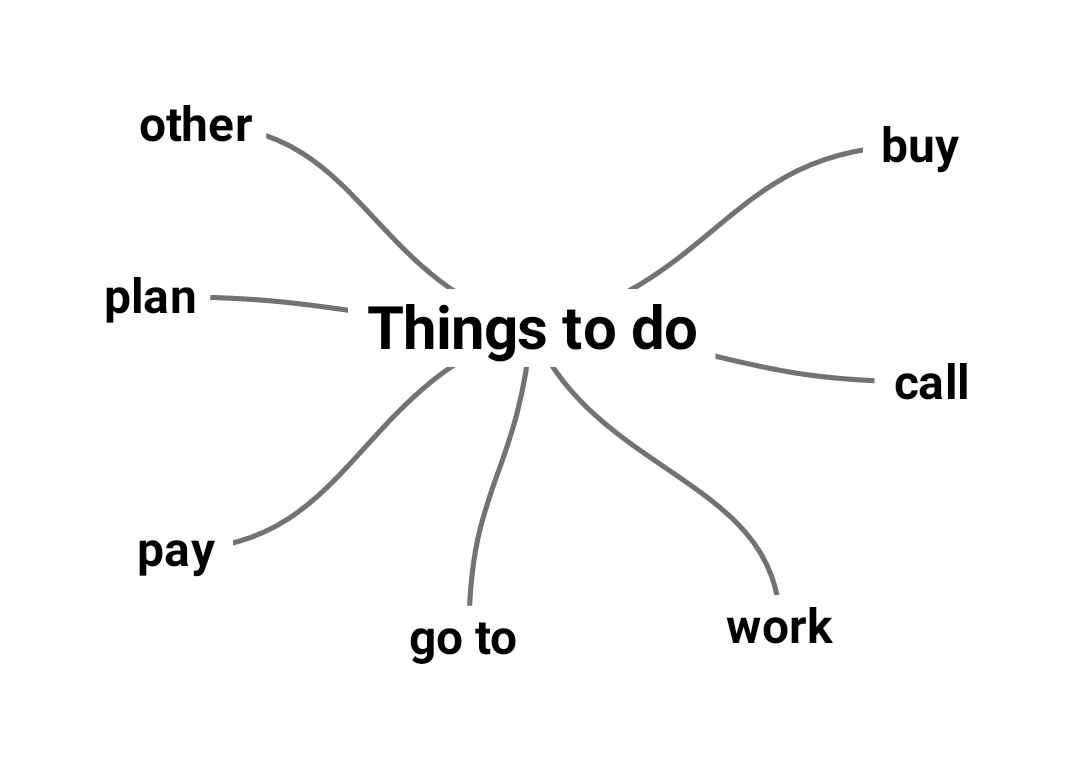
Fig.4 The central theme is connected with general associations
Some of the general associations still contain a large group of associations. The group of “buy” has 7 items. The association ”buy” can be made more specific with the help of w-questions: What do we buy? Which things do we buy?
These questions help to form smaller groups of associations that have something in common.
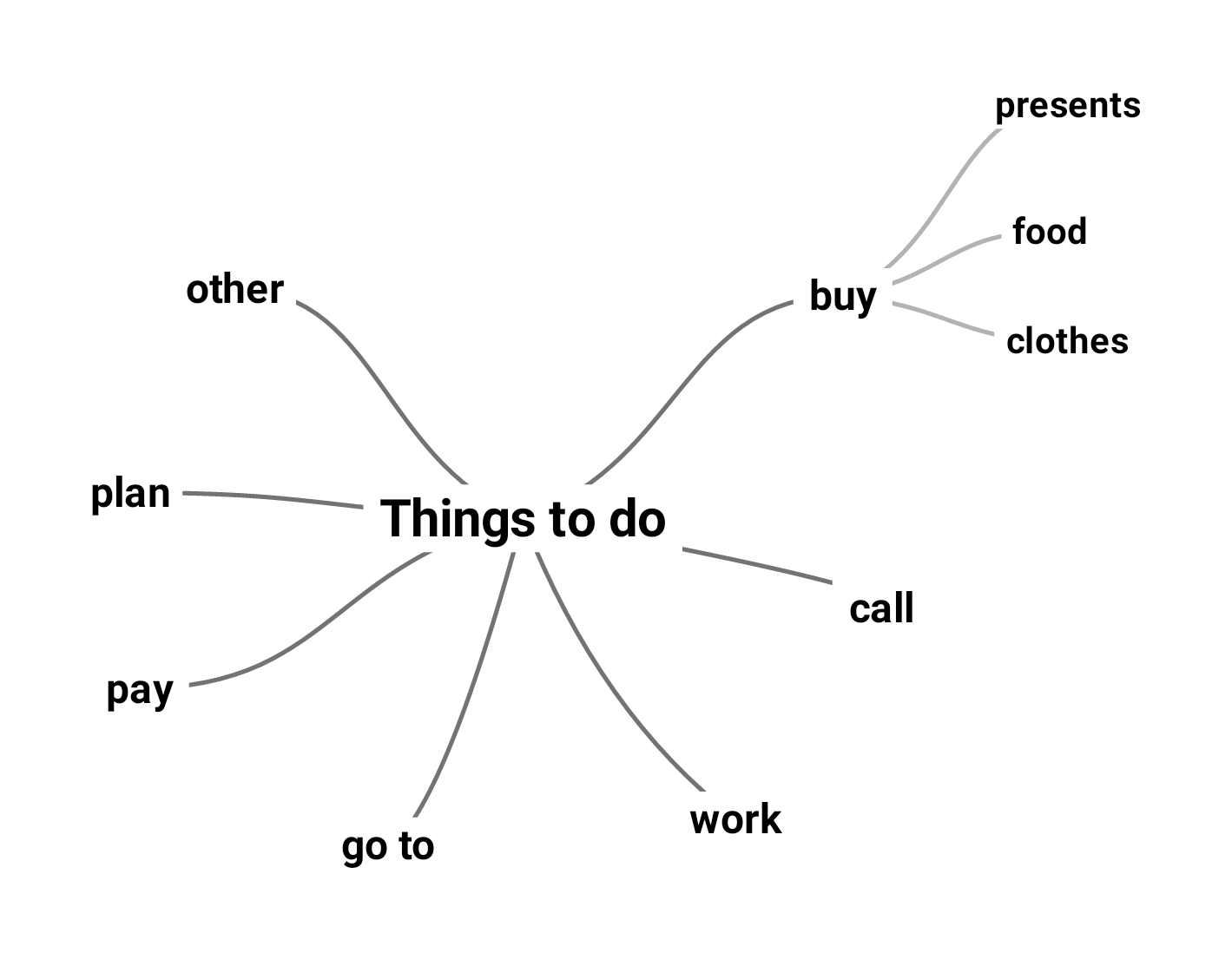
Fig.5 General association “buy” is made more specific into: presents, food and clothes
More specific associations from the to do list can be added now.
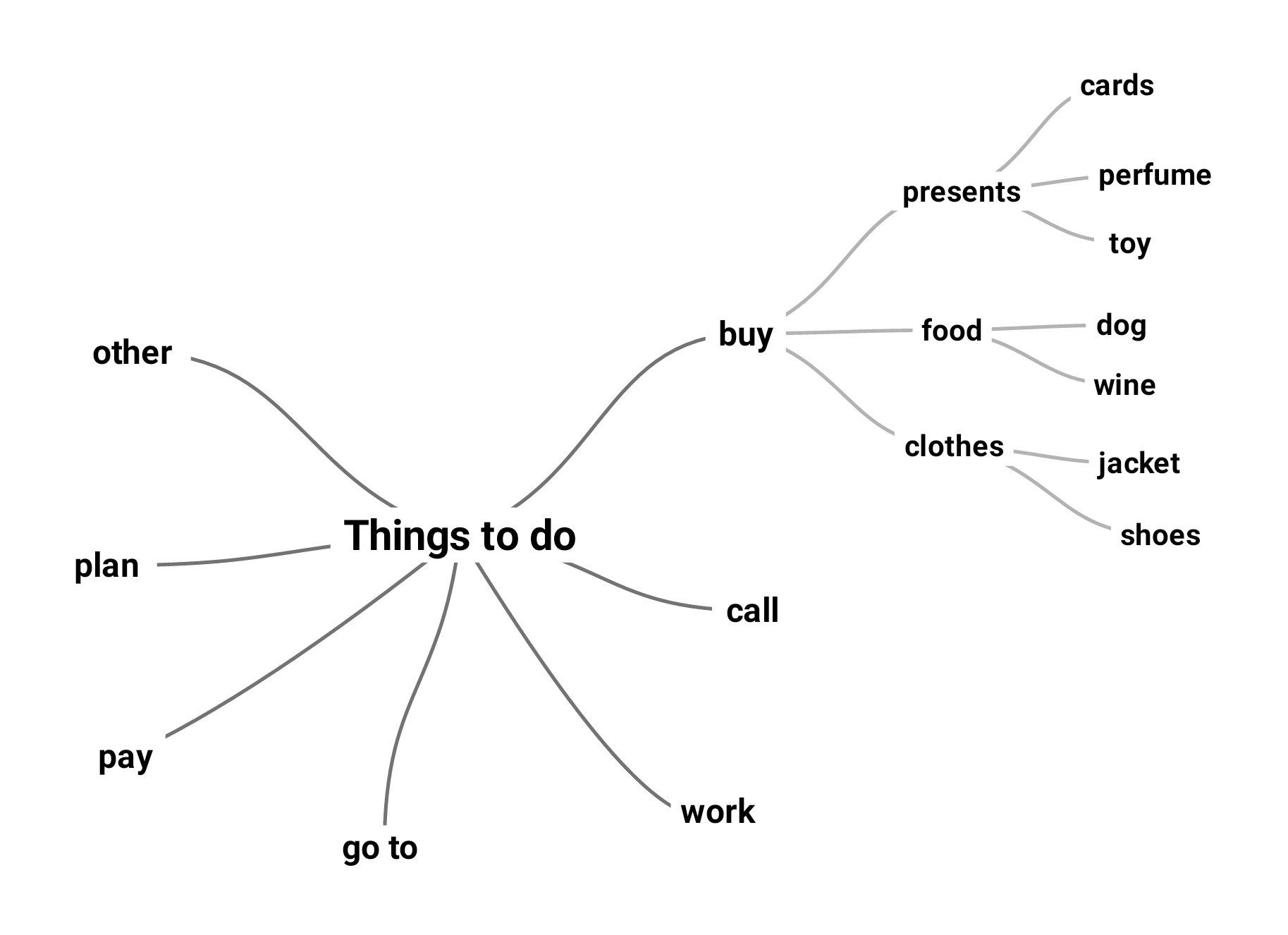
Fig.6 Specific associations are added
These associations can still be made more specific.
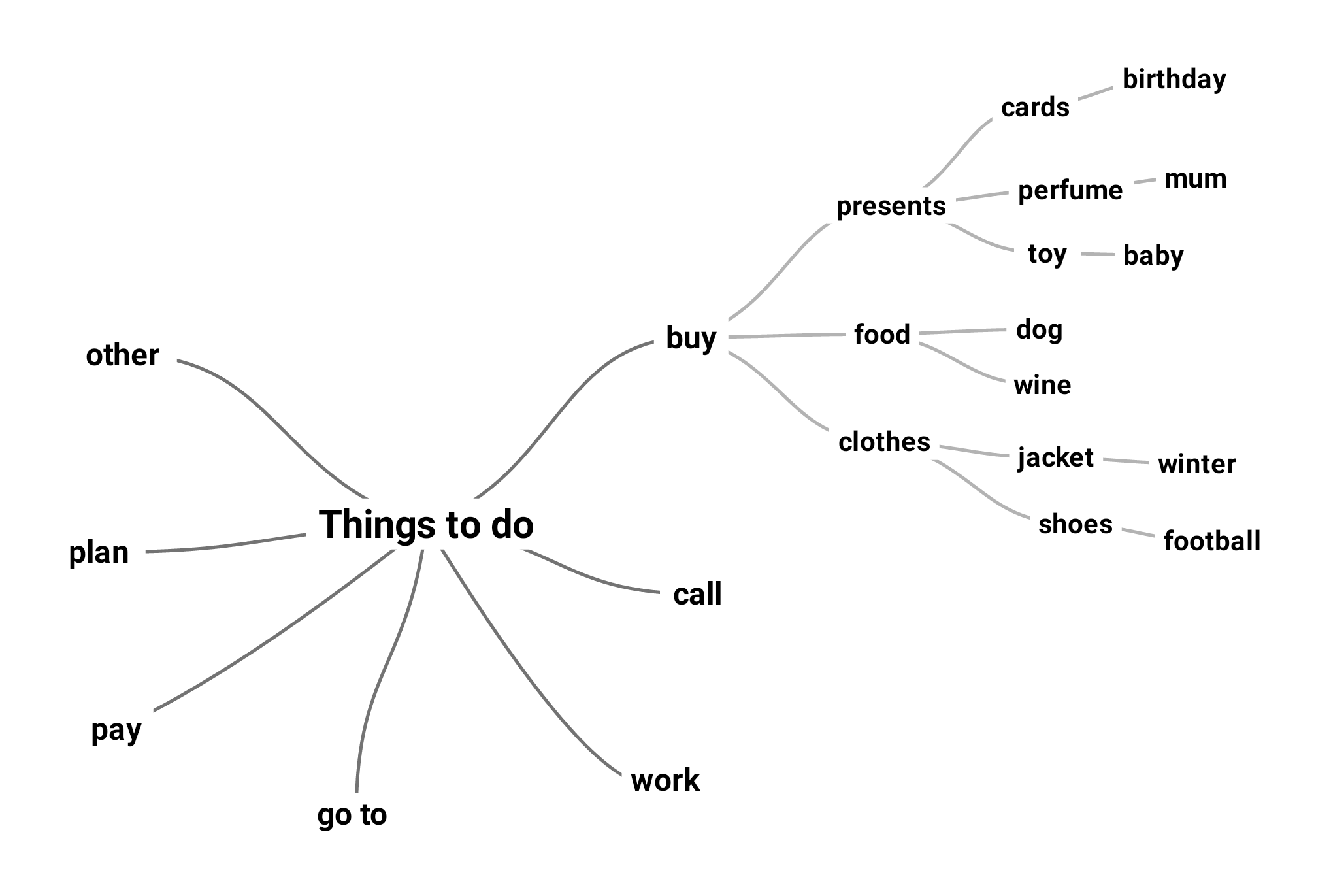
Fig.7 Specific associations are made very specific
The other general associations for the mind map can be made specific the same way. We can connect associations with the help of w-questions:
Who to call? What to do for work? Where to go to? Which events to plan? What to pay? Which other things to do?
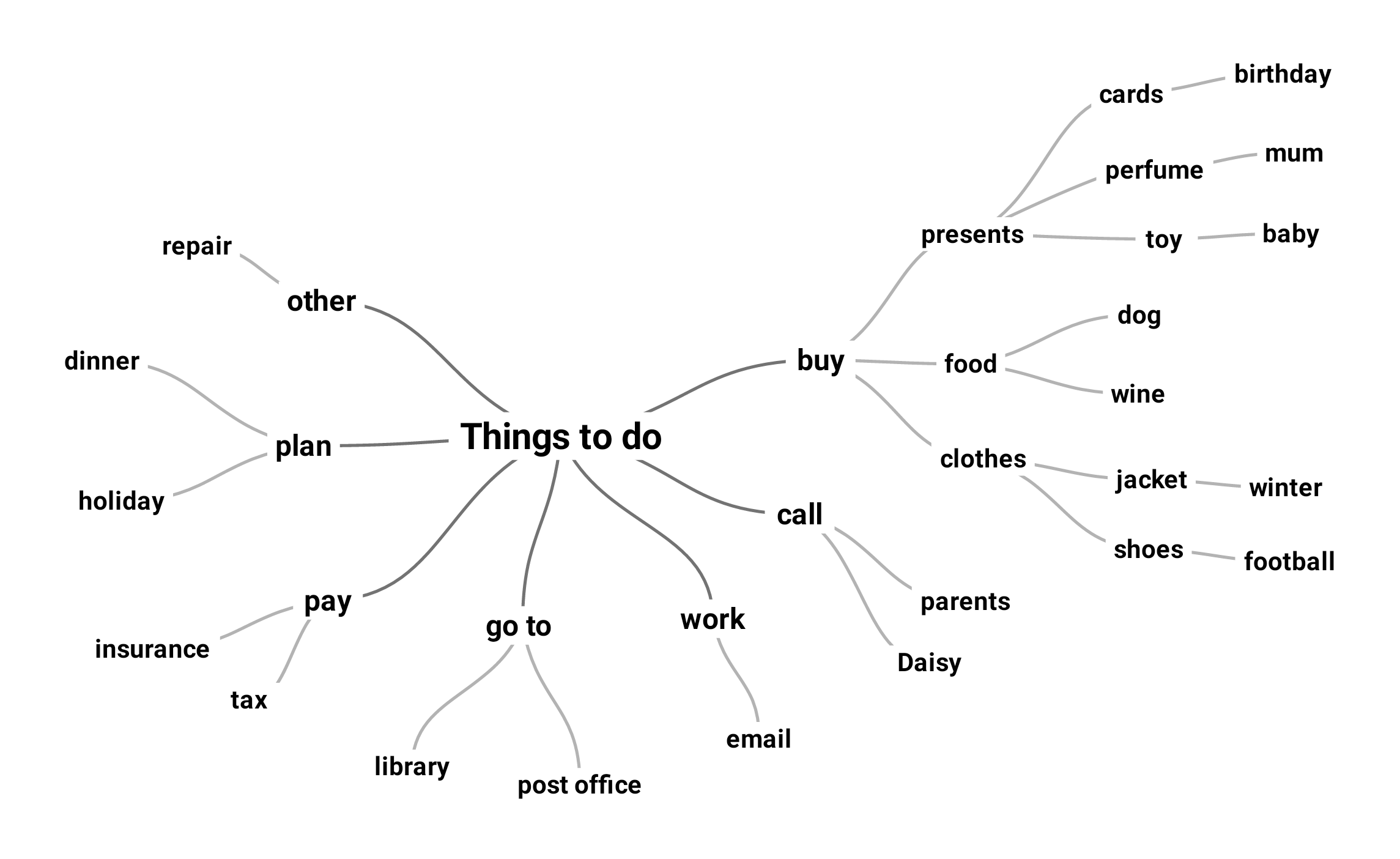
Fig.8 Other general associations are made more specific
Still more associations can be added.
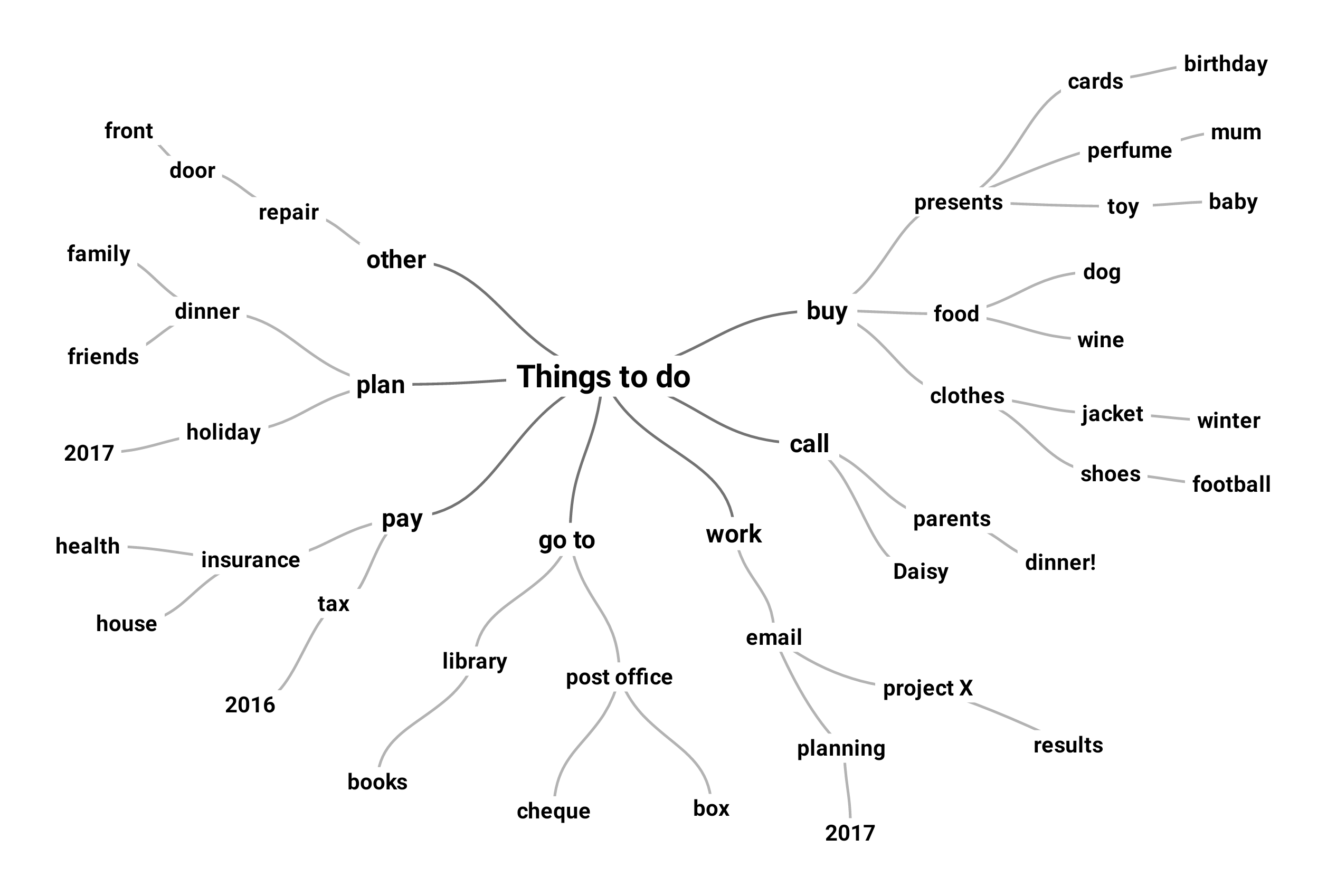
Fig.9 All the associations are connected to the theme
Step 5. A central image
All the things on the to do list are in the mind map now. A central image can be added to make the mind map more complete, because it helps to guide the attention. It also makes the mind map more interesting and easier to remember, as well as providing a starting point for exploring the mind map further.
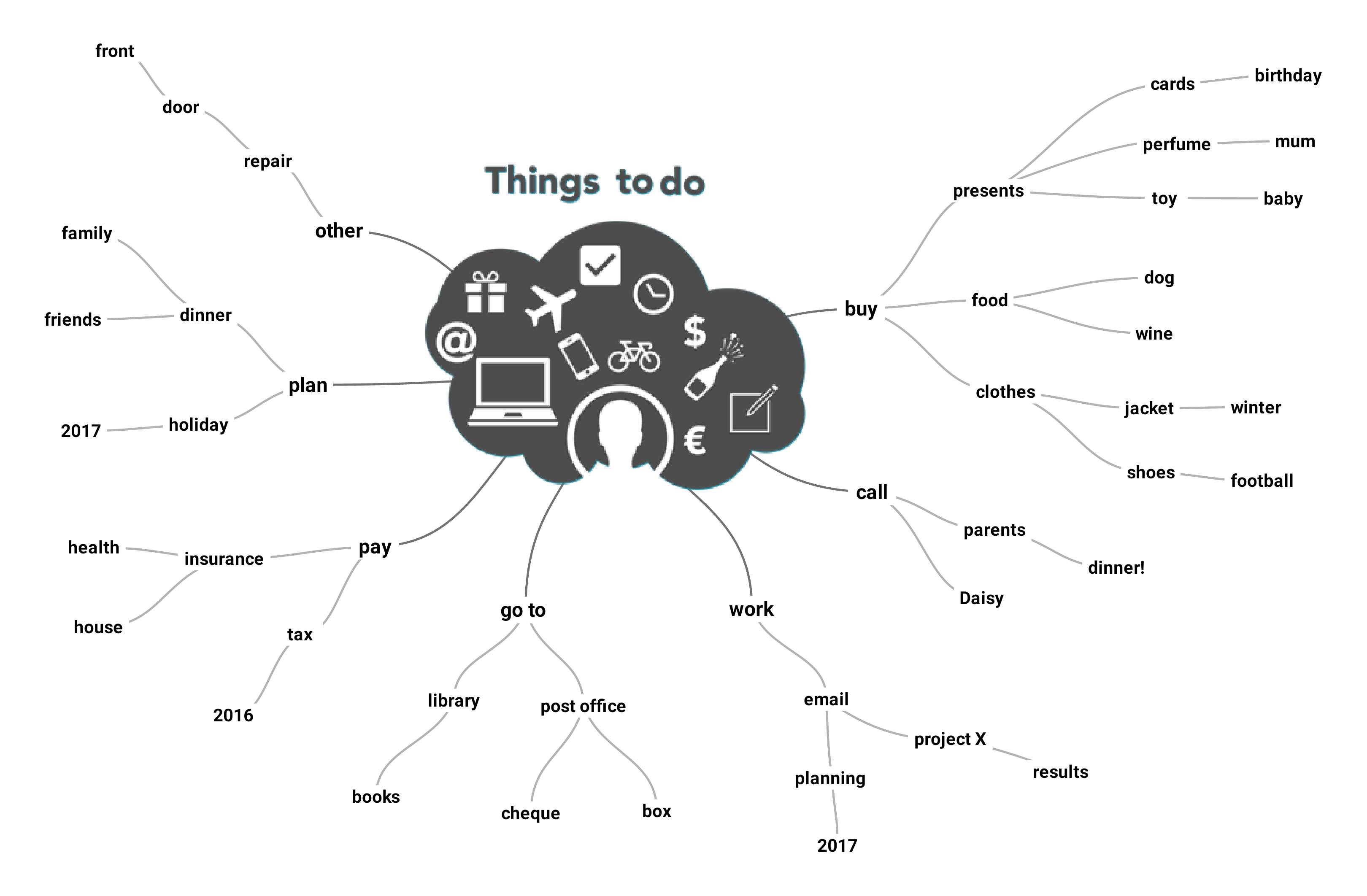
Fig.10 The central image catches your attention
Step 6. Color & style
Color and style give the mind map strength and a certain mood. The blue colour with its different shades mimics the level of specificness.
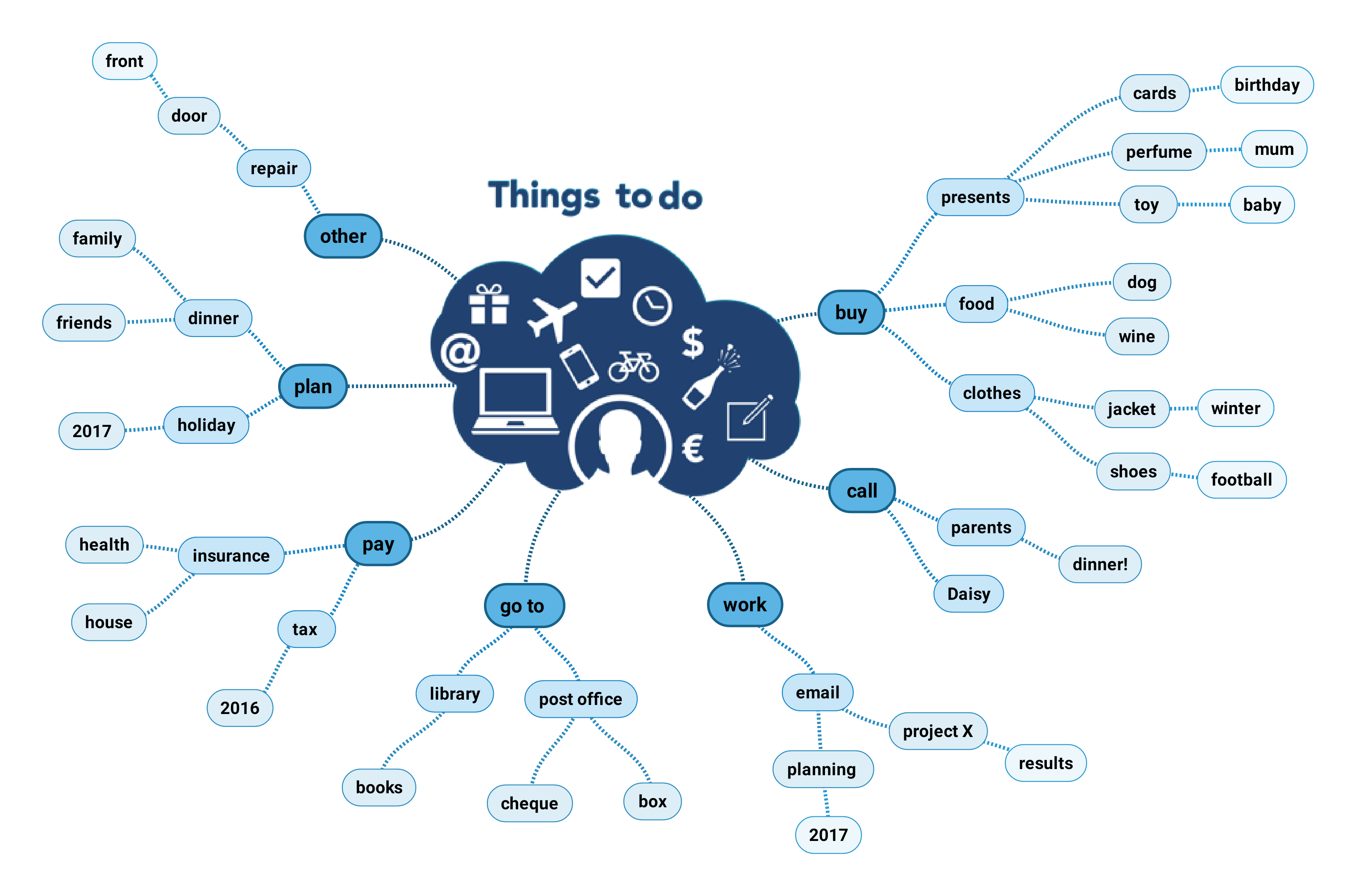
Fig.11 The colour blue brings a feeling of calmness and the different colour shades create a clear overview.
Step 7. Icons and images
Smaller icons or images can be added to make the mind map more interesting. Icons can also help to organise and plan the tasks in the mind map. In this case check boxes are used to help us show whether a task has been done.
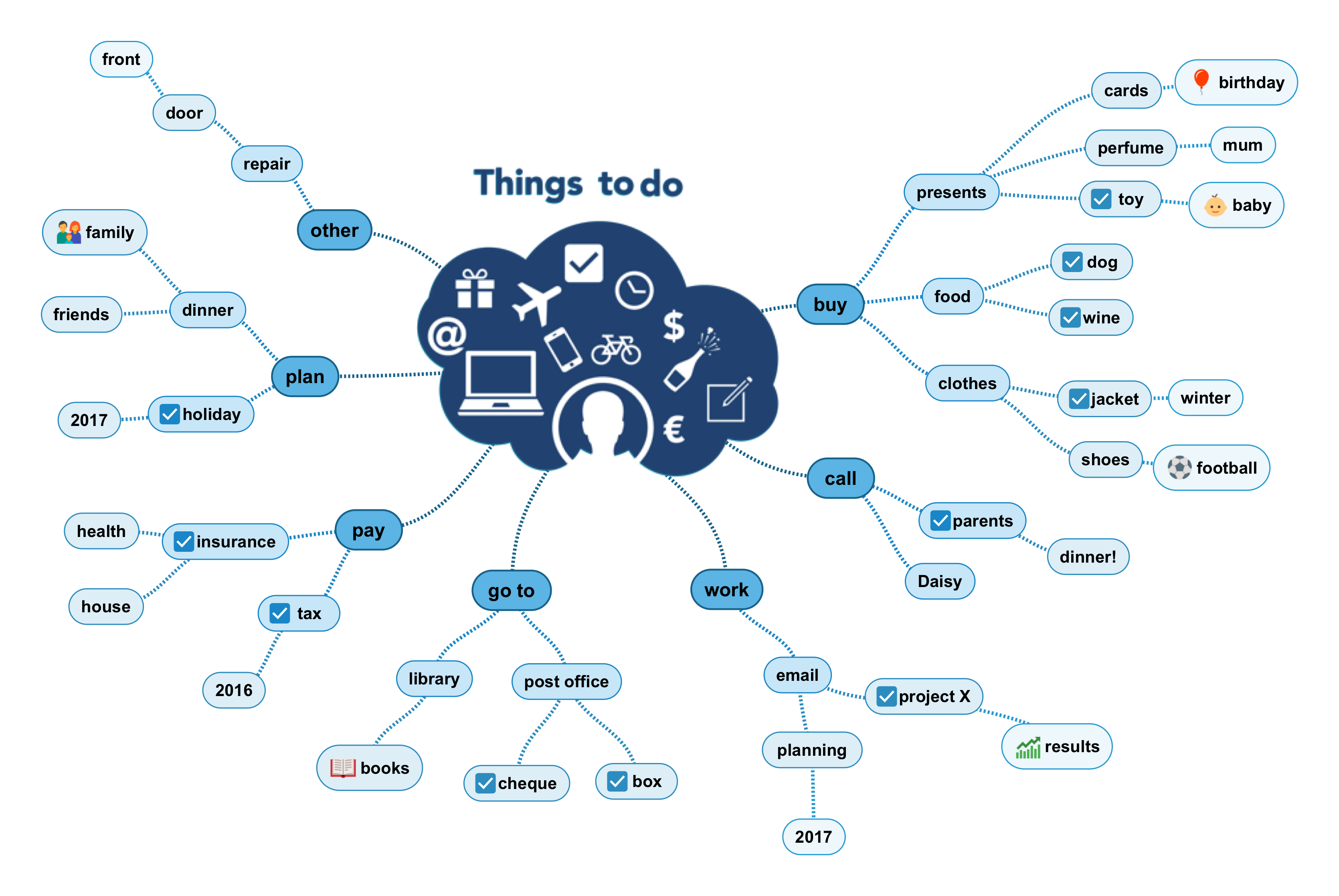
Fig.12 Check boxes are helpful for organising and planning.